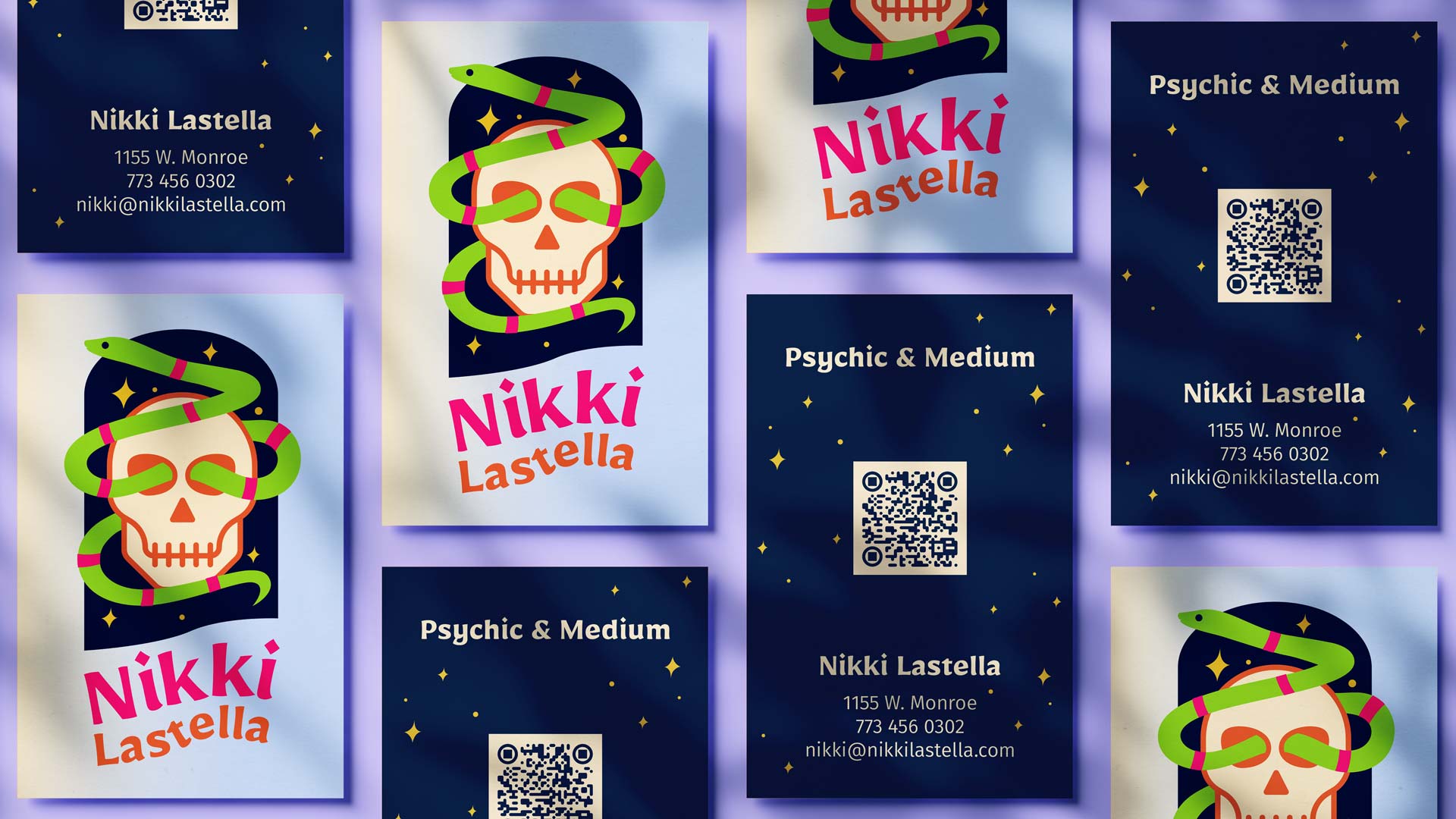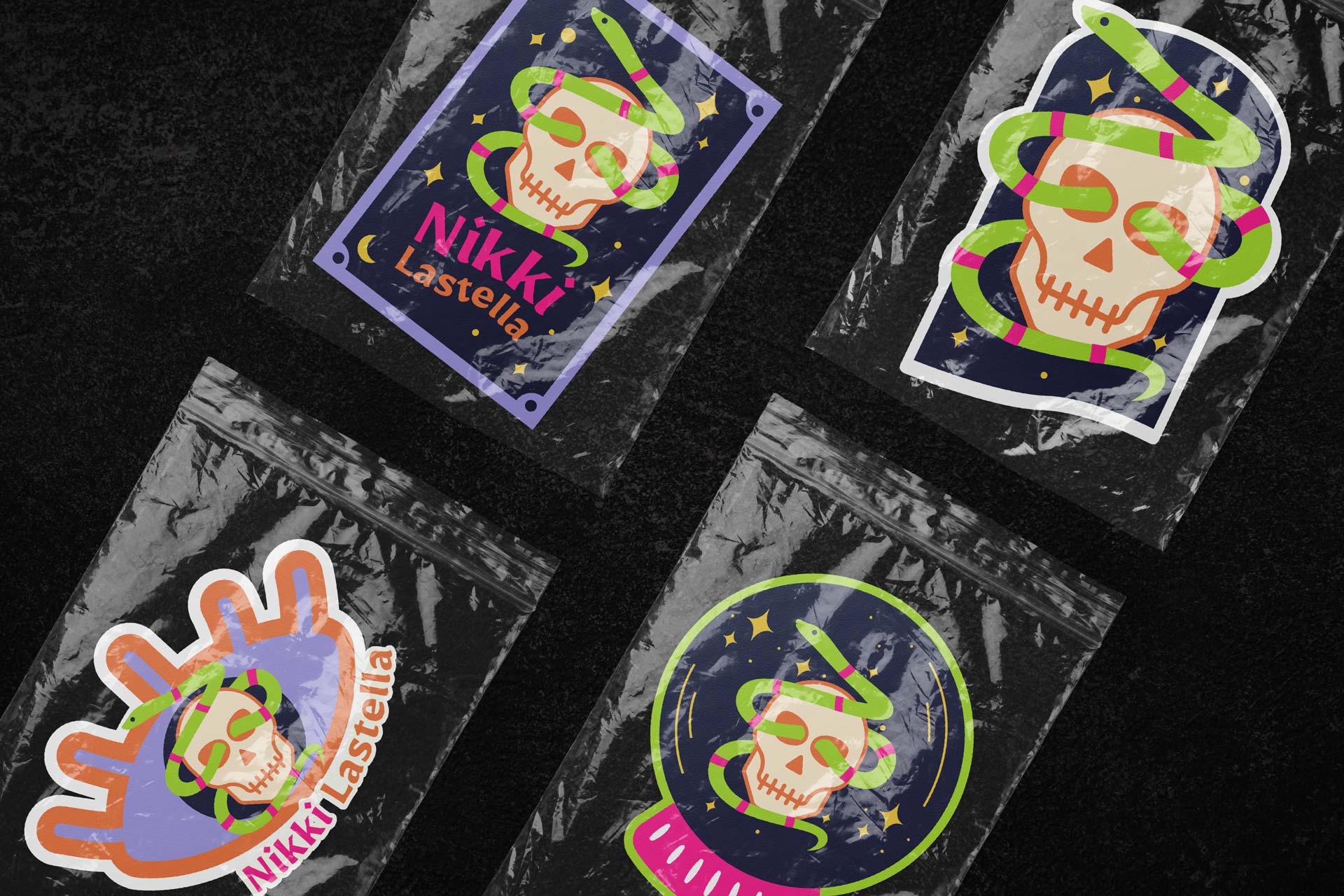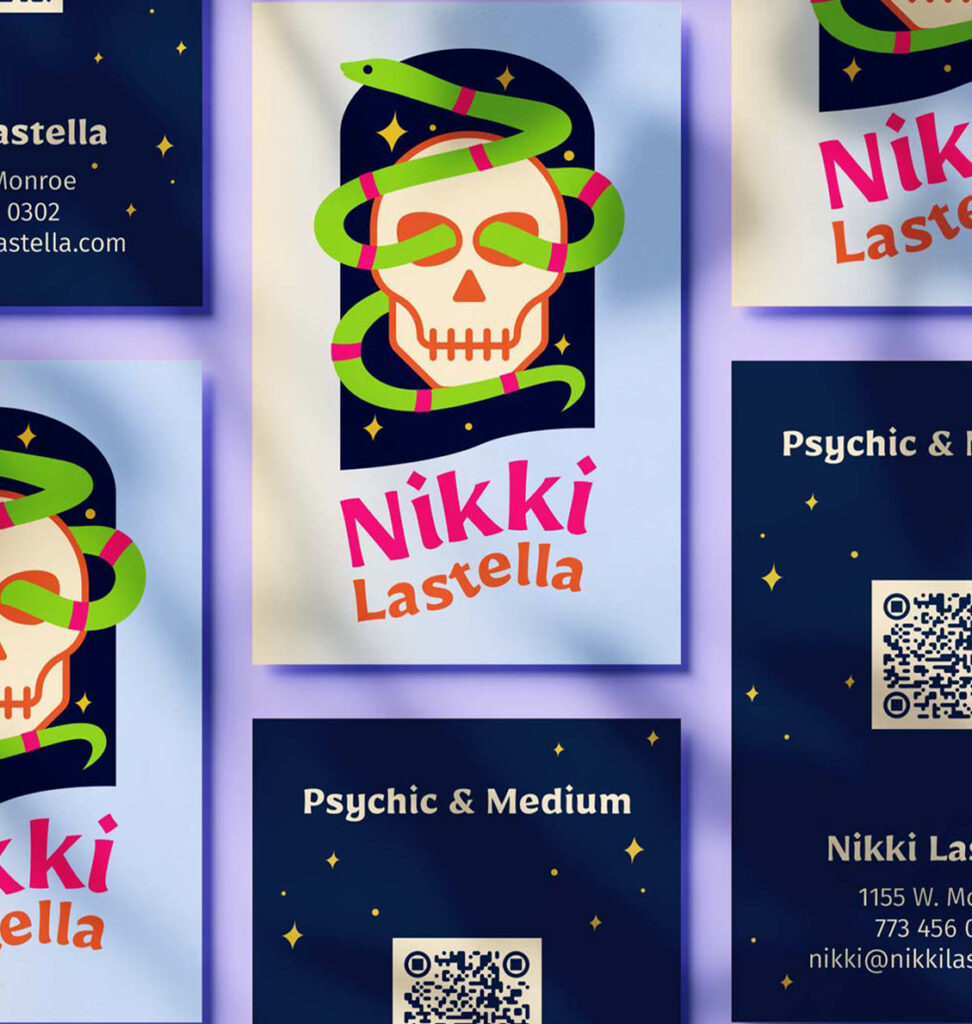Branding sounds overwhelming, right? You’re an expert in your field not in colors, fonts, and logos. And while it’s tempting to think of branding as just a reflection of you, that’s not the whole picture.
A strong brand isn’t just about your personality; it’s about your business’s personality. It’s not about self-expression. It’s about deliberate positioning.
Branding isn’t for you, it’s for them.
Your audience.
Your customers.
The people who need what you do.
How to Make Your Brand Work Smarter, Not Harder
1. Audit What’s Already Working
Before you think about changing anything, take stock of what’s actually working. Look at your existing branding: your website, social media, marketing materials. Ask yourself:
- What feels like ✨your business✨ and what doesn’t?
- Do your visuals match the way you describe your business?
- What’s inconsistent? Fonts? Colors? Messaging?
If your brand feels all over the place, it’s tempting to start from scratch, but you might not need a full rebrand. Sometimes, it’s just about creating a better brand system. A rebrand means changing the whole identity: name, voice, visuals. A refresh keeps the core but tightens it up so everything feels more aligned and on purpose.
You do want to start from scratch (aka rebrand) when:
- Your audience has changed and your brand no longer speaks to them.
- You’ve outgrown your original purpose or vibe; like a wellness brand that started as a yoga blog and now sells supplements.
- Your name, visuals, or messaging feel outdated or don’t reflect your values anymore.
- You’re merging, pivoting, or launching something new that needs a clean break from the past.
- You’ve got brand baggage, like bad press, a confusing story, or inconsistent messaging that’s hurting your credibility.
Buuuuut…If your brand feels messy or all over the place, you might not need to start from scratch. A refresh like updating the visuals, message, and how everything fits together, might be all it takes to make it clear and consistent.
2. Limit Fonts for Easy Consistency
You don’t need fancy or even more than two or three typefaces. System fonts used creatively looks more polished then overly trendy fonts being overused and combined with too many variations. The way you use font matters more than which fonts you use. The goal? Readability, consistency, and ease of use.
System fonts—like Arial, Georgia, and Trebuchet MS—work across PowerPoint, Canva, emails, Word docs, and more. You don’t have to match your logo font exactly, but your fonts should complement your brand’s typography.
✅ Pro tip: Pick one header font and one body font and stick to them everywhere. If you do this, your brand will look instantly more polished.
3. Create a Mini Style Guide for Yourself
If your brand feels inconsistent, it looks inconsistent. Create a simple system for your branding so you never have to guess. It doesn’t have to be fancy—just something that keeps things cohesive.
At minimum, decide on:
- Your brand fonts (and how you’ll use them—bold, italic, caps?)
- Your main brand colors (and how they’ll show up in different materials)
- A general photo/illustration style (bright? muted? professional? playful?)
- A basic layout for social posts (stick to a template so every post doesn’t look completely different)
This alone will save you hours when you’re making marketing materials.
4. Use Templates (They’ll Save Your Life)
Not a designer? No problem. Templates keep everything looking consistent, even if you’re making it yourself.
- Use Canva or Adobe Express for branded social media posts.
- Set up PowerPoint templates for sales decks.
- Create email signatures, one-sheets, and invoice templates in your brand colors.
- If you work with a designer, ask them for editable templates so you can tweak things without breaking your brand.
5. Small Adjustments > Big Overhauls
Branding doesn’t always mean starting from scratch. Sometimes, all it takes is expanding your color palette for better readability, adjusting your layouts, or setting up a few simple rules.
If your brand already has recognition, don’t fix what isn’t broken—just make sure everything is aligned.




Keep it simple, keep it consistent, and keep it true to your business.
Branding Doesn’t Have to Be Complicated
If you take nothing else from this, remember this: Keep it simple, keep it consistent, and keep it true to your business..
Branding that works isn’t about having the most expensive assets, it’s about using what you have better.
Not sure where to start? Book a free consultation. Worst case? You get free advice. Best case? Your brand gets the upgrade it actually needs.



